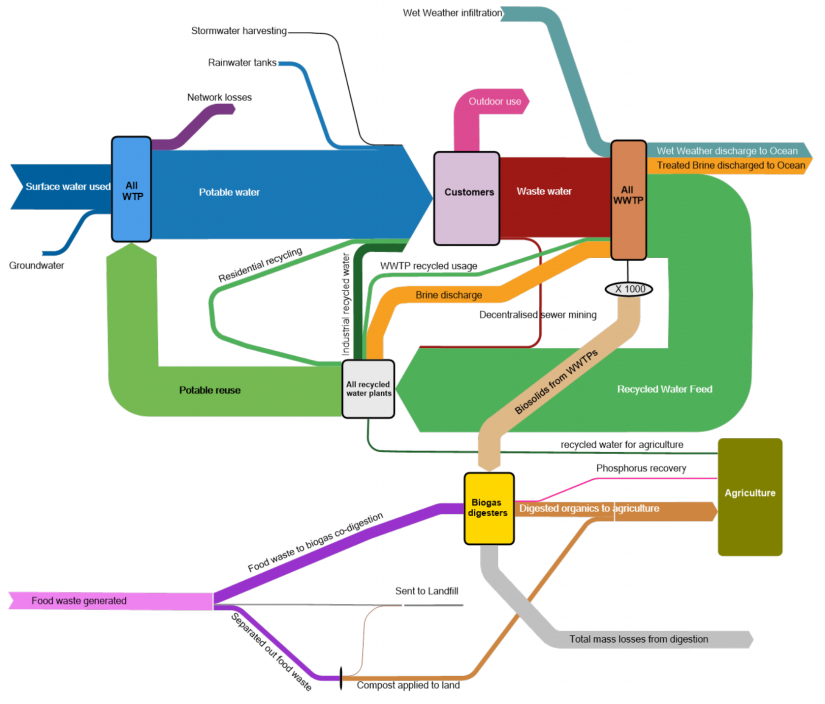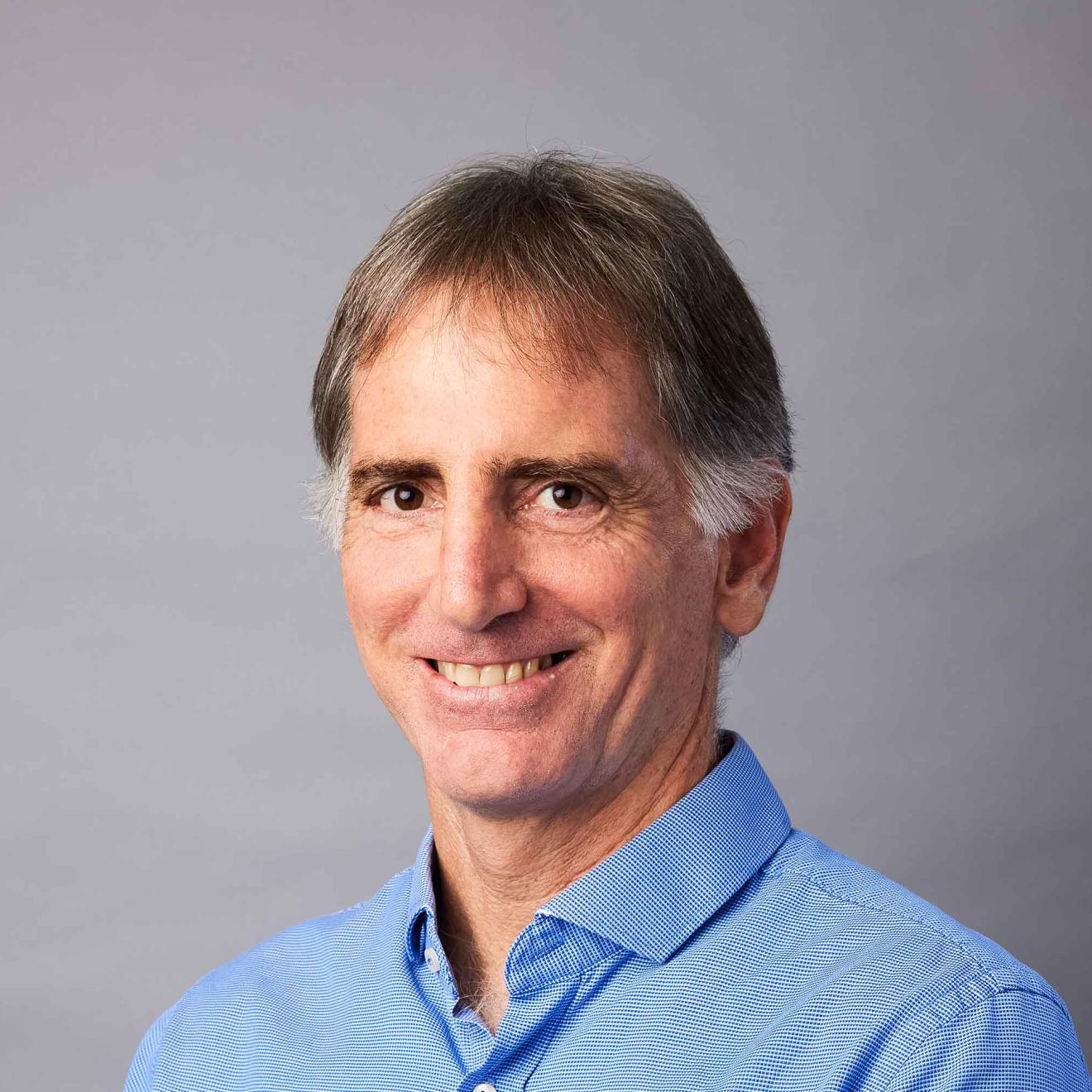Traditional approaches to the use of resources such as water and energy and the disposal of organic waste in rapidly growing urban areas provide operational challenges to meet the demand due to treatment facility and pipe network constraints, and do not fulfil growing aspirations of sustainability and maintaining healthy waterways. Rising energy costs, increases in energy intensity required by alternative water supplies such as desalination plants, and efforts to reduce greenhouse gas emissions are pushing new ways of thinking for water and sewage services.
Sydney Water and Hunter Water each separately contracted ISF to apply a circular economy approach (that is, increasing the efficiency of resources and reducing waste discharged to the environment) to conduct a high-level assessment of water services in the Greater Parramatta and Olympic Peninsula (GPOP) and Lower Hunter Region, respectively. The assessments focused on three resource flows: water, organic waste and energy, and used SANKEY diagrams to map the inflows, outflows and return flows of the resources through the system. In both cases it revealed substantial opportunities for optimising resources through the indirect reuse of potable water, generating biogas from food waste and sewage biosolids, and reducing indoor residential water and energy use by shortening shower length by 10 per cent.
If adopted, the scenario proposed by ISF’s assessment for the GPOP would, by 2056, potentially reduce the freshwater demand by two-thirds (66 per cent), while total wastewater discharge to the ocean would be lowered by 69 per cent. Co-digesting food waste and sewage biosolids in a biogas digester to produce biogas would reduce organic waste sent to landfill by 19 per cent, and biogas generation would also reduce the net electricity imported into the GPOP ‘system’ by 36.5 per cent.
For the Lower Hunter system, ISF’s proposed scenario (for 2047) of water recycling and demand reduction measures would enable freshwater demand to be potentially reduced by up to 49 per cent, while under average dry weather conditions wastewater discharge to the environment could be completely avoided. Organic waste sent to landfill could be reduced by up to 86 per cent, with no biosolids discharge to the ocean. Across both regions, cutting indoor shower water usage by 10 per cent across the residential customer base would provide a potential saving of 86.7 GWh/year and 110 GWh/year, respectively.
These projected outcomes are being used to inform the GPOP’s Customer Strategy & Regulation and support the Integrated System Planning group as it considers applying the circular economy framework to inform the basis of GPOP planning. Hunter Water has used these finding to further investigate the viability of a range of options to generate renewable biogas energy from its biosolids.
RESEARCH OUTPUTS
Realising the economic value of renewable energy from biosolids (2019) (Journal Paper)
Water e-Journal, vol. 4, no. 4, pp. 1-13
Researchers
-
Senior Research Consultant
-
Professor and Research Director
-
Tom Morris
Year
- 2019
Locations
- Sydney
- Hunter Valley
Clients
- Sydney Water Corporation
- Hunter Water Corporation






